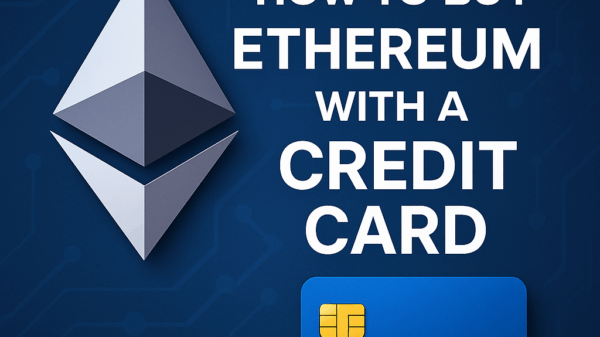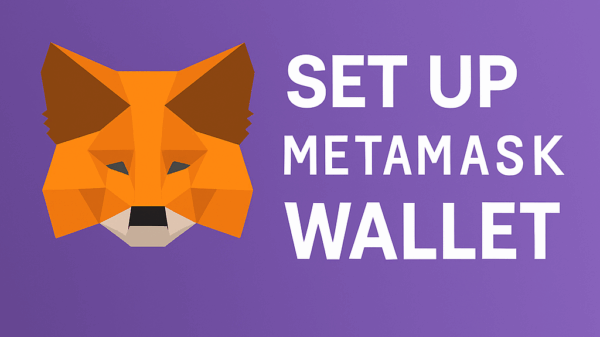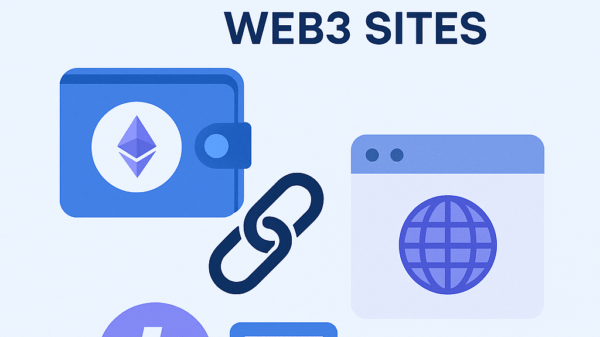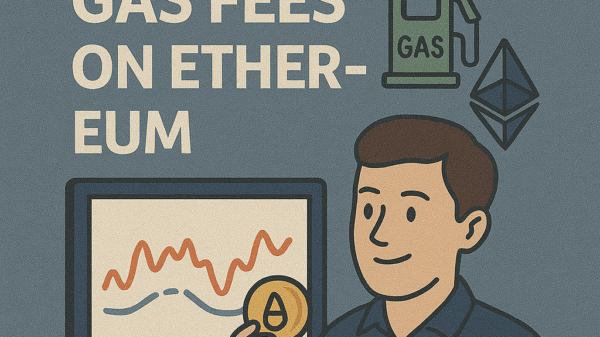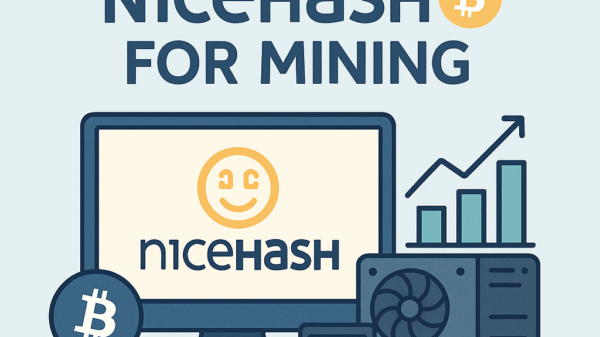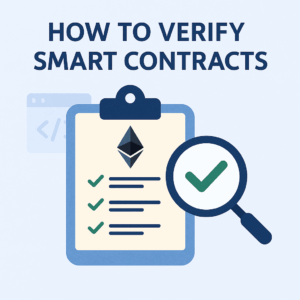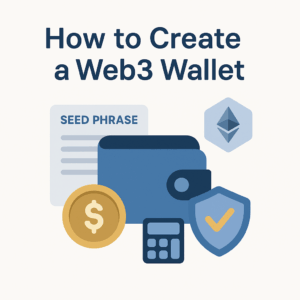How to Use Crypto in the Metaverse
By Jason Miller – Crypto Writer 10.expert 🧠 Covering Bitcoin, altcoins, blockchain & Web3.
As a crypto writer and analyst, the concept of the Metaverse has evolved rapidly from science fiction to a tangible, albeit still nascent, digital reality. At its core, the metaverse is envisioned as a persistent, interconnected virtual world where users can interact with each other, digital objects, and AI-powered entities, often in real-time and in immersive 3D environments. And central to the true, decentralized vision of the metaverse is cryptocurrency.
Unlike the “Web2” versions of virtual worlds (think Roblox or Fortnite, which use centralized in-game currencies), the decentralized metaverse leverages blockchain technology and cryptocurrencies to enable true digital ownership, establish open economies, and provide seamless interoperability. In 2025, the synergy between crypto and the metaverse is becoming increasingly apparent, creating new paradigms for commerce, identity, gaming, and social interaction.
From buying virtual land to trading unique digital fashion and earning rewards for playing games, crypto is the lifeblood that flows through the veins of the metaverse.
Let’s explore how to use crypto in the Metaverse.
How to Use Crypto in the Metaverse: Powering Your Digital Life 🚀💰
Cryptocurrency is not just a payment method in the metaverse; it’s the foundational technology enabling its very existence and economy.
Understand Metaverse Fundamentals: Interoperability & Ownership 💡
- Decentralized Ownership: Unlike traditional games where you “license” digital items, in the blockchain metaverse, your assets (virtual land, avatars, wearables) are NFTs, meaning you truly own them, recorded on a public blockchain.
- Interoperability (the Goal): The ultimate vision is for assets (and identities) to be seamlessly transferable between different metaverse platforms. Crypto standards like ERC-721 (for NFTs) and ERC-20 (for fungible tokens) are crucial for this.
- Open Economies: Crypto allows for open, permissionless economies where users can create, own, sell, and earn value within the metaverse.
Acquire the Right Cryptocurrency 🪙
- Native Platform Tokens: Most prominent metaverse platforms have their own native cryptocurrencies (e.g., MANA for Decentraland, SAND for The Sandbox, AXS for Axie Infinity, APE for ApeCoin DAO). These are used for transactions, governance, and sometimes staking within their respective ecosystems.
- Stablecoins (USDC, USDT, DAI): Often used for more stable transactions, especially when buying virtual land or higher-value NFTs, to avoid price volatility.
- Layer 2 Solutions: As the metaverse scales, many platforms utilize Layer 2 solutions (like Polygon or Arbitrum) to reduce gas fees and increase transaction speed. You’ll need the native token of that L2 (e.g., MATIC on Polygon) for gas.
Set Up a Compatible Web3 Wallet 👛
- MetaMask: The most common wallet for EVM-compatible metaverse platforms (Decentraland, The Sandbox, Somnium Space, etc.).
- Phantom: Essential for Solana-based metaverse experiences (e.g., Star Atlas).
- In-Game Wallets: Some games may offer simplified in-game wallet integrations, but it’s often a connected Web3 wallet.
- Security is paramount: Secure your seed phrase and use a hardware wallet for significant assets.
Buying Virtual Land (NFTs) 🏞️
- Digital Real Estate: Virtual land plots are often some of the most valuable assets in metaverse platforms, existing as unique NFTs.
- Marketplaces: You can buy land on the platform’s native marketplace (e.g., Decentraland Marketplace, The Sandbox Map) or on secondary NFT marketplaces like OpenSea.
- Crypto Payments: Transactions for land are typically conducted using the platform’s native token or a stablecoin.
Purchasing In-Game Assets & Wearables (NFTs) 👗
- Avatar Customization: Buy unique digital clothing, accessories, and skins for your avatar, which exist as NFTs.
- Gaming Items: Acquire weapons, tools, vehicles, or pets that can give you advantages or new abilities in metaverse games.
- Marketplaces: These are bought and sold on in-game marketplaces or broader NFT platforms.
Participating in the Metaverse Economy (Play-to-Earn) 🎮💸
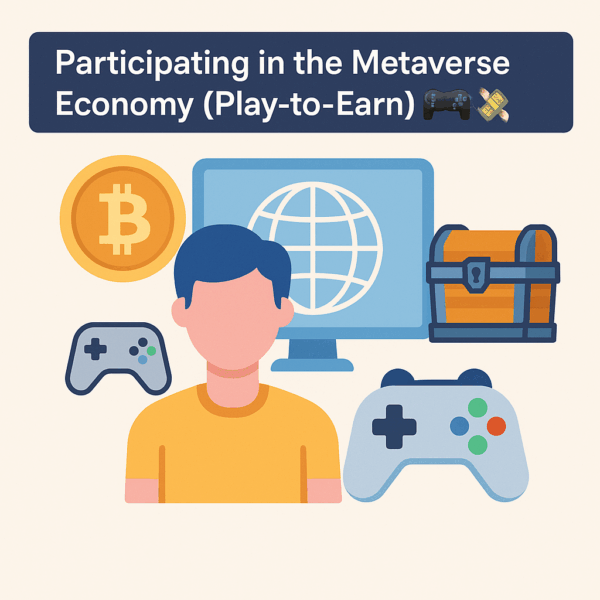
- Earning Crypto: Many metaverse games integrate “play-to-earn” (P2E) models, where you can earn cryptocurrency or valuable NFTs by:
- Playing the game: Completing quests, winning battles, or participating in events.
- Selling in-game assets: Crafting or finding rare items and selling them to other players.
- Providing services: Acting as a virtual builder, event organizer, or even real estate agent within the metaverse.
- Game Tokens: These earnings are usually in the form of the game’s native utility token or the platform’s main token.
Governance and DAOs 🗳️
- Decentralized Autonomous Organizations (DAOs): Many decentralized metaverses are governed by DAOs, where token holders vote on key decisions affecting the platform’s future (e.g., allocating treasury funds, feature development, land policies).
- Staking for Voting Power: Holding and sometimes staking the platform’s native token grants you voting power within the DAO.
Earning Passive Income (Staking, Renting) passive
- Staking: Some metaverse tokens can be staked to earn yield, often contributing to network security or governance.
- Renting Land/Assets: If you own virtual land or valuable in-game assets, you can rent them out to other users for a fee (paid in crypto).
- Building & Monetizing: Develop experiences (games, events, art galleries) on your virtual land and charge users crypto for access or participation.
Interacting with Decentralized Finance (DeFi) in the Metaverse 🏦
- Virtual Banks/Lending: Some metaverse projects are integrating DeFi elements, allowing users to borrow, lend, or swap cryptocurrencies directly within the virtual world.
- Yield Farming: Potentially participate in yield farming opportunities with your metaverse tokens.
Cross-Metaverse Payments and Identity 🤝
- Future Vision: The long-term goal is for seamless movement of crypto and NFTs across different metaverse platforms, allowing your digital identity (avatar, items) to persist.
- Web3 Identity: Your crypto wallet serves as your primary identity in the metaverse, linking your assets and activity.
Attending Virtual Events & Concerts 🎤
- Ticket NFTs: Access to exclusive metaverse events (concerts, art exhibitions, conferences) can be token-gated, requiring you to hold a specific NFT ticket.
- Tips & Donations: Creators and performers can receive tips or donations directly in crypto.
Metaverse Advertising & Sponsorships 📢
- Virtual Billboards: Businesses can buy virtual ad space (often as NFTs) to display advertisements within the metaverse.
- Brand Activations: Brands use crypto to engage with users through virtual storefronts, sponsored events, or custom NFT giveaways.
Building and Developing with Crypto Incentives 👷♀️
- Creator Economies: Metaverse platforms often incentivize creators (builders, artists, game developers) with crypto rewards for contributing to the virtual world’s development, driving a vibrant creator economy.
Monitoring Your Metaverse Assets 📊
- Wallet & Marketplaces: Use your Web3 wallet and NFT marketplaces like OpenSea to monitor the value of your metaverse land, NFTs, and crypto holdings.
- Price Trackers: Use crypto price tracking websites (CoinMarketCap, CoinGecko) to keep an eye on the value of your metaverse tokens.
Security and Best Practices in the Metaverse 🛡️
- Phishing & Scams: Be extremely cautious of fake metaverse platforms, imposter projects, or in-game scams. Always verify URLs and official links.
- Smart Contract Risk: Interacting with dApps in the metaverse involves smart contracts. Ensure the platforms and contracts are audited and reputable.
- Private Key Security: Never share your seed phrase or private keys. Your wallet is your access to your metaverse assets.
- Gas Fees: Understand that even in the metaverse, you need native chain tokens for gas, especially when transactions hit the underlying blockchain.
The metaverse is evolving rapidly, and cryptocurrency is not just a feature – it’s the very foundation that allows for true digital ownership, open economies, and a more decentralized, user-controlled future. Understanding how to leverage crypto within these virtual worlds is key to unlocking their full potential.

